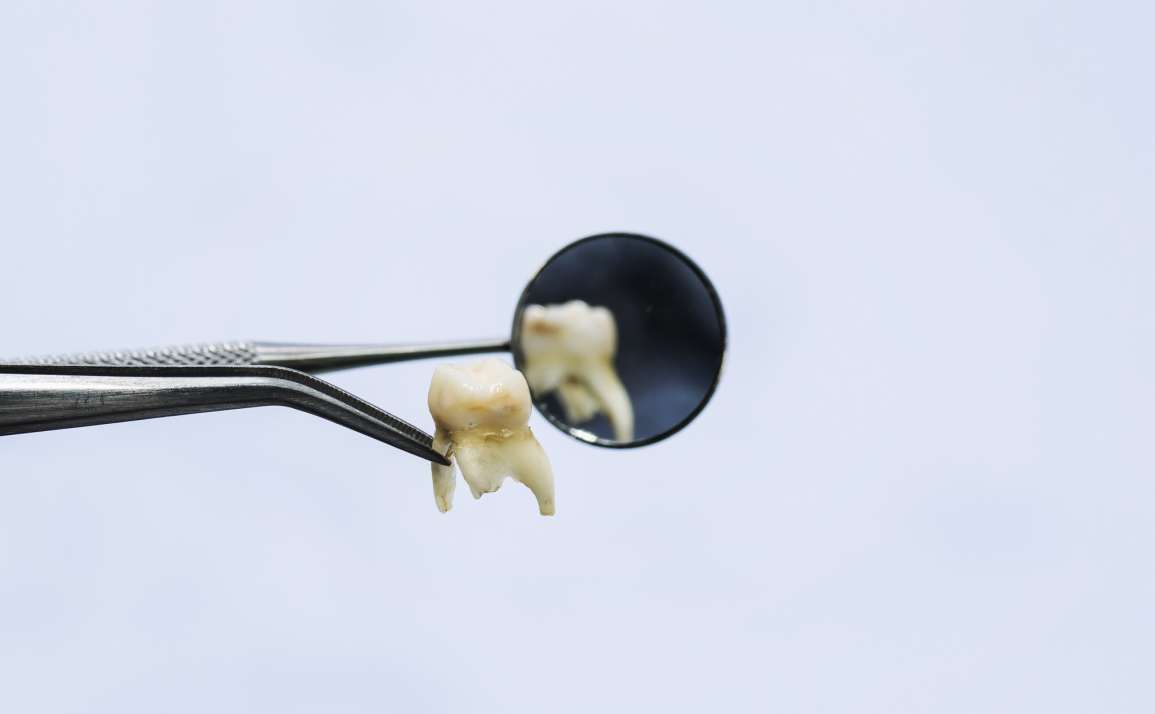Our wisdom teeth are the third and final set of molars, located at the upper and lower back of our mouth. If you are experiencing pain from wisdom teeth, then you might need a minor surgery to remove your wisdom teeth.
Why Are They Called “Wisdom” Teeth?
Your wisdom teeth are nothing more than the third molars found on both the upper and lower jaws. They grow in all the way at the back of your mouth and they look like your other molars. So why are they referred to as “wisdom” teeth? Well, it’s for no other reason than the fact that they will typically grow in between the ages of 17 and 21, when you’re supposed to be older and wiser. Would you say that you were wise at that age?
What Can You Expect When Your Wisdom Teeth Grow In?
Growing up, you lost all of your baby teeth and you watched your permanent teeth grow in. Most of the time, you probably didn’t have any discomfort. But this might not be the case with your wisdom teeth, which could end up causing discomfort as they break through the gum line.
Why Do Wisdom Teeth Cause Problems?
Wisdom teeth have certainly earned their bad reputation. For many individuals, the wisdom teeth could be impacted to varying degrees, and they could end up causing pain and other complications. But not everyone will experience problems with their wisdom teeth. For some people, these molars will grow in perfectly fine and straight, and they will serve as an extra set of teeth for chewing.
Hold on, though, don’t get too excited. Even individuals who have straight wisdom teeth could experience problems associated with getting to the back of the mouth and keeping those teeth clean, and that might increase the risk of tooth decay. Not good!
So what’s the point of wisdom teeth if they have such a high potential of causing problems? Experts believe that these extra teeth were more useful to our ancestors, who had larger jaws that could accommodate the teeth more comfortably, and who could use the extra teeth for chewing foods that were tough and raw. Others believe that the wisdom teeth might have also come in handy when our ancestors’ other teeth would decay and fall out. Thankfully, we have modern dental care to take care of our chompers today!
Fun fact: some people will never develop any wisdom teeth, while others may have fewer than four. Perhaps evolution is working on slowly removing them so humans eventually won’t have to deal with them at all anymore? Only time will tell.
What Happens When Wisdom Teeth Don’t Grow in Straight?
If wisdom teeth don’t grow in straight, there is a higher risk of complications, as these molars might end up adversely affecting nearby teeth. Some of the problems that may occur include nerve damage, jaw damage, damage to the adjacent teeth, and crowding of the teeth. A dental x-ray will be able to tell your dentist how your wisdom teeth could be affecting your other teeth, and whether or not removing the wisdom teeth would be the best choice.
What Does It Mean When Wisdom Teeth Are Impacted?
Impacted wisdom teeth aren’t able to completely erupt through your gum line. They could be blocked by other teeth, there might not be enough room for them, or they might be stuck in the jawbone.
Symptoms that may result from impacted wisdom teeth include severe pain and discomfort, as well as infection and inflammation. Impactions might also increase the risk of damage to nearby teeth, as well as damage to the gums and jaw. Wisdom teeth could push your other teeth out of alignment (so much for the braces you endured for years!), and cysts could form around impacted teeth, damaging the nerves within the jaw and causing sinus congestion, pressure, and pain. Yikes!
Here’s a breakdown of the different types of wisdom tooth impactions:
- Mesioangular Impaction: A mesioangular impaction means that the wisdom tooth is angled forward, facing the front of the mouth. This tooth could potentially end up pushing other teeth out of alignment.
- Distoangular Impaction: This type of impaction will cause the wisdom tooth to be angled away from the second molar, so it will be tilted towards the back of the mouth.
- Horizontal Impaction: A horizontal impaction will have the wisdom tooth lying on its side at a 90° angle.
- Vertical Impaction: When a wisdom tooth is angled correctly but it has not erupted through the gum line appropriately, it is considered a vertical impaction.
What Are Your Wisdom Teeth Up To?
The best way to know what your wisdom teeth look like, whether they have erupted completely or they haven’t shown up at all, is by seeing your dentist. He or she will be able to take dental x-rays that will reveal everything you need to know about these molars and whether or not you need to have surgery to remove them.
If your wisdom tooth, or teeth, need to be removed, it is highly recommended that you consult with an experienced oral surgeon. The level of difficulty and the risks associated with the surgery will depend upon the type of impaction and the problems that it is causing.
There’s no doubt that wisdom teeth can be a pain—literally—but seeing your dentist regularly and keeping an eye on those molars will help ensure you tackle problems at their earliest stages. And, who knows, you might be one of the lucky people who never have any problems with their wisdom teeth!



